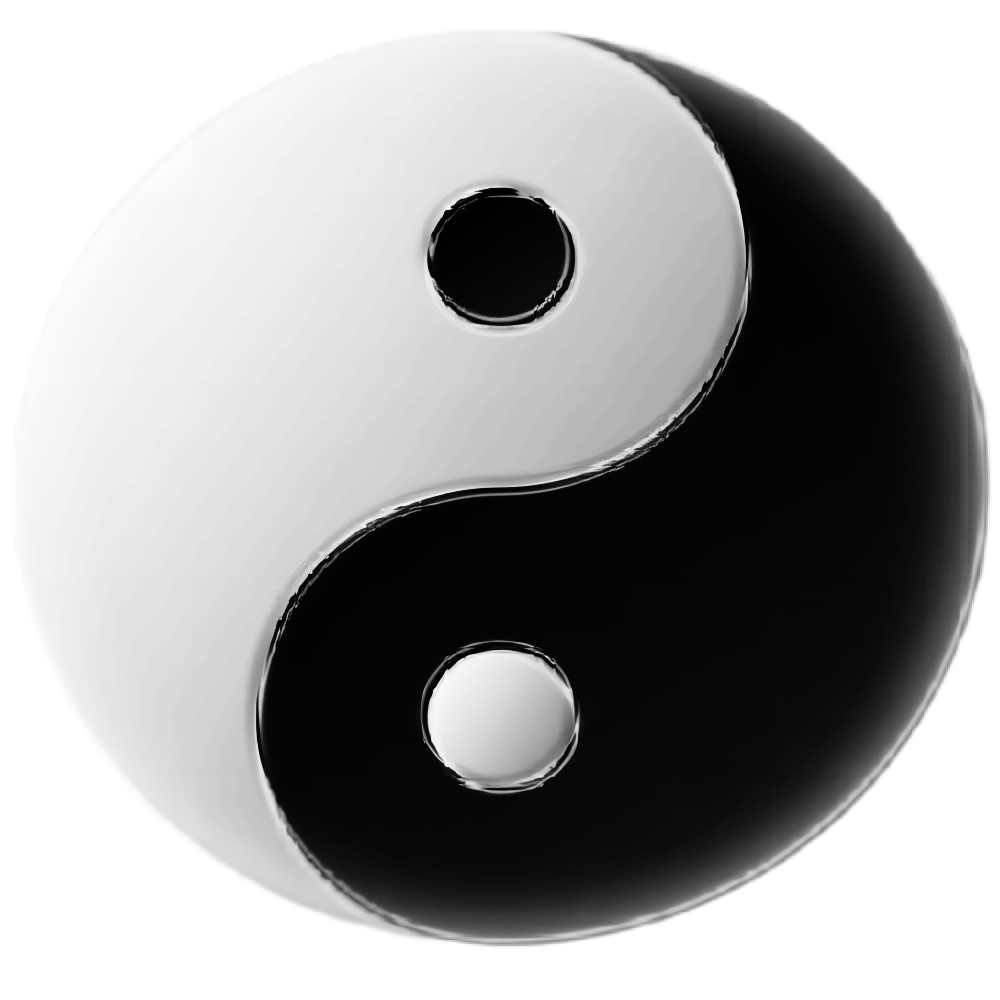Feng Shui is a traditional Chinese practice that involves arranging objects and space in a way that promotes good energy flow, or “qi.” The term Feng Shui translates to “wind-water” in English, and it is based on the idea that environmental factors can influence health, fortune, and well-being. Feng Shui principles are used to create a harmonious living or work environment that promotes positive energy flow, which is believed to bring good luck and prosperity. Its principles are widely applied to interior design, architecture, and landscaping. In practice, Feng Shui involves arranging furniture and decor in a way that allows for optimal energy flow, as well as selecting materials and colors for spaces that promote specific energies. Feng Shui is often used in homes, offices, and public spaces and can help people lead a more balanced and positive life.
Feng Shui is an ancient Chinese art that has been practiced for centuries. The term Feng Shui means “Wind” and “Water,” and it is focused on the balance of energy in our living spaces. Very often, we feel the energy of our surroundings without knowing exactly how it affects us. We can sense if a specific room feels chaotic, gloomy or peaceful, and with Feng Shui techniques, we can influence the energy flow to create a more harmonious and positive environment.
Feng Shui has become an increasingly popular method of enhancing home and office spaces’ energy flow, preventing negative experiences, and promoting positive ones. Here, we’ll explore some of the fundamental principles of Feng Shui and how they can be applied to enhance the quality of life in the home.
Understanding the Basics of Feng Shui
Feng Shui believes that everything, from the smallest object to the buildings we reside in, has a unique energy flow that affects our lives. Feng Shui seeks to create balance and harmony by adjusting the flow of energy and, in the process, enhancing our lives. The practice of Feng Shui is complex, but it can be broken down into basic principles that we explore below.
The Five Feng Shui Elements
Feng Shui considers the five primary elements to be Water, Fire, Wood, Earth, and Metal. It is believed that everything in our surroundings is made up of one or more of these elements, and the balance or imbalance of these elements creates the quality of energy in the space. For instance, we can use the Water element to balance too much Fire energy, or the Earth element to balance too much Wood energy.
Creating Balance with the Bagua Map
The Bagua Map is an essential tool in Feng Shui, and it is used to define the energy flow in various areas of our living space. It is a system that can be applied to every room in the house, and it creates a specific area of influence for each of the Feng Shui Elements. The Bagua Map is an eight-sided grid, each side representing an area that relates to specific aspects of our lives, such as wealth, relationships, career, and health. By using the Bagua Map, we can balance and enhance the quality of energy in every room of the home.
The Significance of Color in Feng Shui
Colors have significant effects on our psychological, emotional, and physical states. In Feng Shui, colors are associated with different elements and can be used to balance energy in the home. For instance, the color green is associated with the element Wood, making it an excellent color for a home office or space where creativity is essential. Similarly, the color blue and black represent the Water element, making it an excellent choice for a bedroom or bathroom areas.
Feng Shui and House Facing Direction
The direction in which our home faces can play a significant role in the quality of energy in our spaces. According to Feng Shui principles, a home facing North or South can help to promote better health and is ideal for those in the fields of academia, business, or finance. Houses facing East are ideal for those in the creative fields, while West-facing homes are ideal for individuals in positions of authority but are advised to be cautious to avoid losing wealth.
Feng Shui and Road Junctions
The concept of Feng Shui also extends to the exterior spaces surrounding our homes, including the roads and streets that our homes face. In Feng Shui principles, a house facing a Y-junction road or a T-junction road is considered to have bad Feng Shui. The fast-moving energy of the road can create restlessness, instability, and bring negative vibrations to the space. Additionally, the constant noise from the vehicles can be disruptive, leading to stress, agitation, and causing health problems. It is best to avoid buying or renting a home facing a road junction, but if it’s unavoidable, some remedies can be applied to reduce the negative impact on the living space.
Conclusion
Feng Shui is a practice that combines ancient wisdom with modern living. By applying the principles of Feng Shui in our living spaces, we can enhance the quality of energy in our homes and create a positive, harmonious, and healthy environment. Understanding the basics of Feng Shui, using the Bagua Map, creating balance with the Five Elements, and considering the impact of color, home facing direction, and road junctions can help us bring positive energy into our homes, promoting good health, happiness, and abundance.
